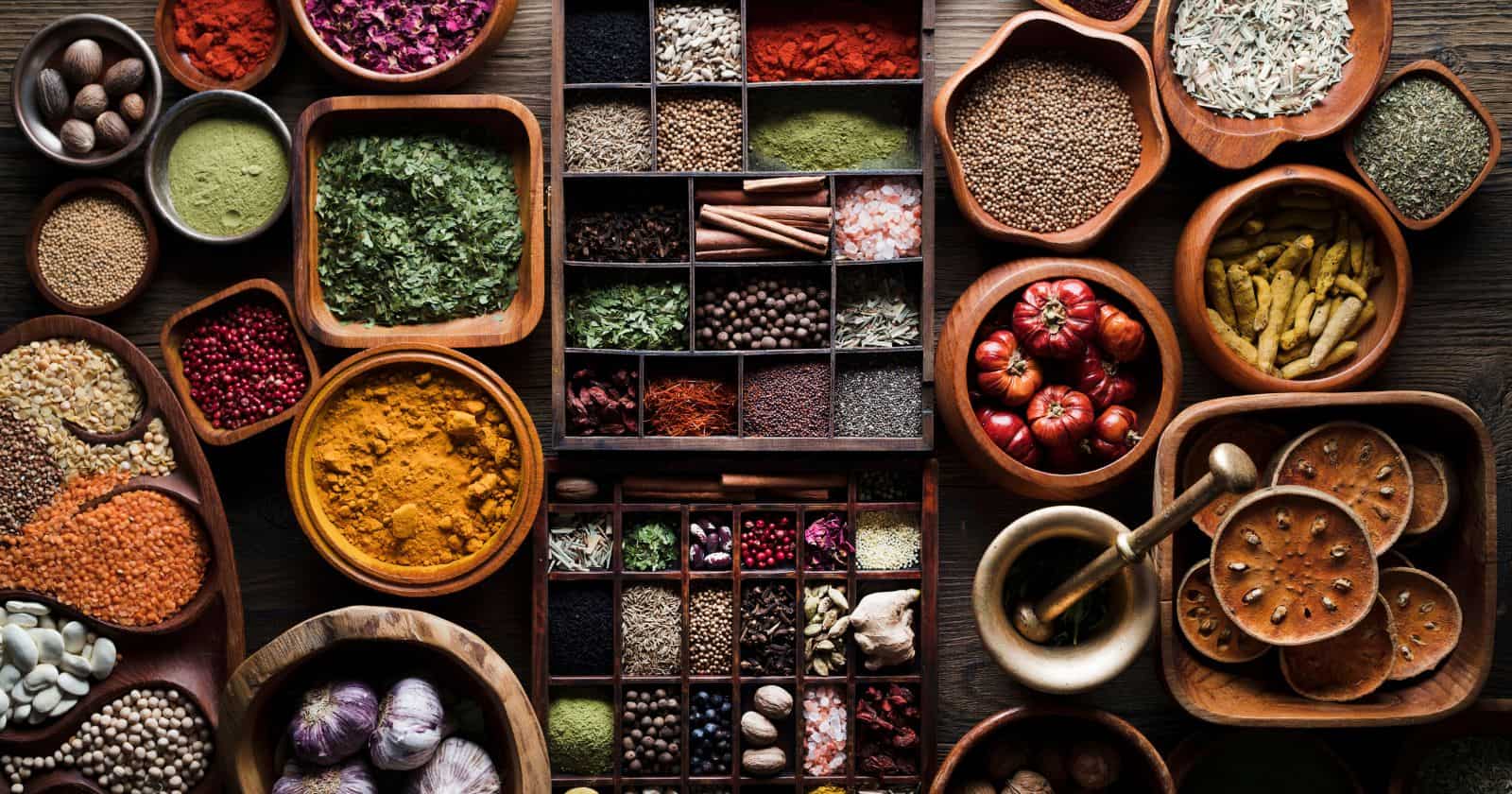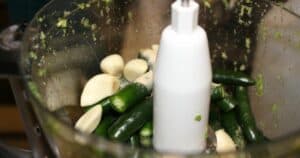Peppers provide heat, sourness, sweetness, and smokiness to meals, but not all people enjoy using them in their dishes. Though substituting peppers with other spices can distort the flavor, they often have similar effects. Luckily, I know how to make things spicy without peppers, and I’m happy to share my secret with you!
Here are ten alternative spices to make your meals spicy without peppers:
- Cumin
- Cinnamon
- Turmeric
- Ginger
- Garlic
- Dry mustard
- Horseradish
- Cardamon
- Oregano
- Wasabi root
Spices are best known and used for enhancing the taste and flavor of food; while some may prefer the fantastic heat peppers add to a dish, others use them sparingly or not at all. However, the good news is that other spices and seasonings can offer your meals some serious kick. Let’s take a deeper look at these alternative spices to discover how they might help you achieve a similar smoky, sweet, and savory taste in your dishes.
1. Cumin
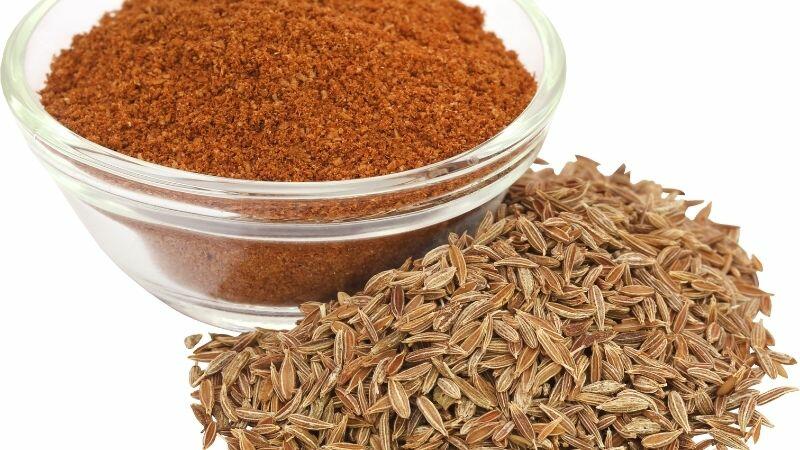
Cumin
Since it is a versatile
As an alternative to pepper, Cumin offers an intense aroma and taste. Food moguls often describe its unique flavors as “rich and hearty, with an edge of citrus.”
As opposed to many spicy foods, typically those in the pepper family, cumin helps to promote digestion and reduces irritable bowel syndrome. This makes it a suitable pepper substitute for your dishes.
2. Cinnamon
Cinnamon is one of the most popular spices used as sticks, powder, or oil extract in making delicious recipes. People often think to use it in sweeter dishes, but many forget that they can use cinnamon in more savory recipes, as well.
When whole cinnamon sticks are ground, they exude a strong aroma consisting of sweet and woody notes.
It also has a spicy taste that can add a sweet-spicy kick to savory dishes such as:
- Beef chilis
- Moroccan chicken
- Indian butter chicken
- Middle eastern chicken shawarma
It also tastes great in hot chocolate, eggnog, and other slightly spiced beverages.
3. Turmeric
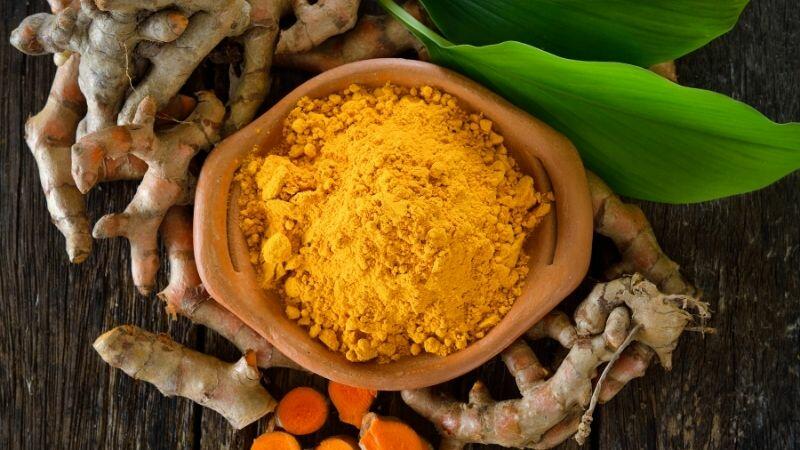
Turmeric is a common
Turmeric is strongly scented and has a bitter and peppery taste that adds smokiness and kick to your food.
With its vibrant yellow color, turmeric will make sure your dishes stand out. Thus, you can widely use it to make amazing dishes such as turmeric scrambled eggs or grilled pork chops with pineapple-turmeric glaze recipes.
4. Ginger
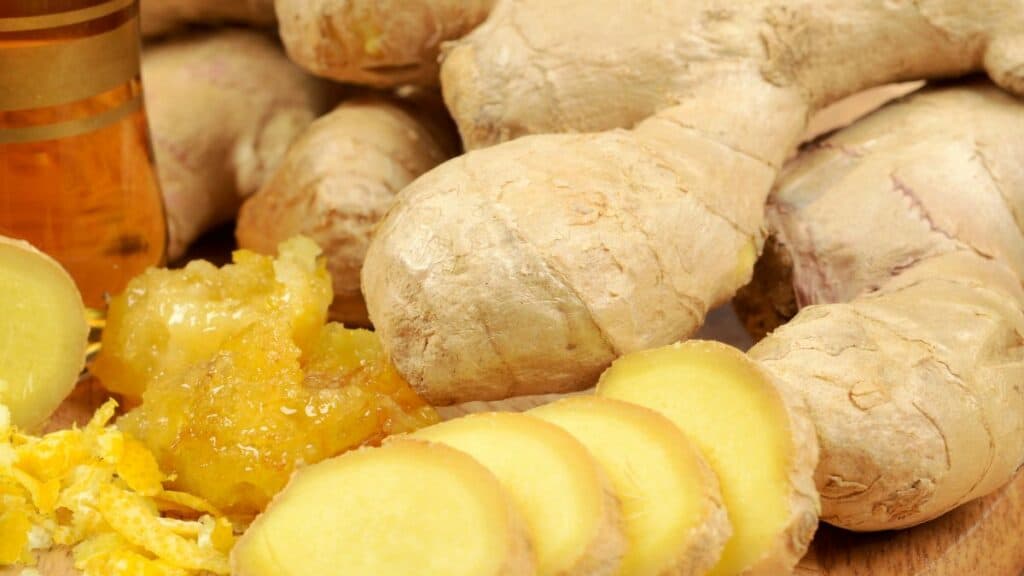
Ginger is a
While fresh ginger root is spicy, sweet, and aromatic, it retains its peppery
Ginger is a warm
- Moroccan chicken
- Chinese dishes
- Snacks such as samosa
You can also combine it with other recipes such as garlic for their herbal effects.
5. Garlic

Garlic is an herb related to chives and onions. It is often consumed fresh or in dry powdered form.
From powdered garlic to fresh ground garlic, the plant is widely known and used for its strong scents and robust flavors. Though it does not have the heat like chili peppers, garlic has an earthy, warm, and unique flavor.
Thus, you can make roasted chicken legs with garlic and herby pasta with garlic and green olives.
6. Dry Mustard
Dry mustard alone does not have taste or flavor. However, if combined with water, it contributes to its acidic, citrusy feel that is rich and preferable for savory dishes.
You can use it to create different blends, such as tangy mustard vinaigrette and mustard sauces. Additionally, its sweet and spicy flavor makes it perfect for making garlicky sweet-hot mustard condiments to balance the heat and broccoli mac and cheese.
7. Horseradish
Horseradish is extracted from the roots of the Brassica family, consisting of broccoli and cabbage plants.
Flavor-wise, horseradish is spicy once you cut into it. However, unlike spicy chilis, its pungent smell is limited to a few minutes.
Note that fresh horseradish has a fresh flavor that adds punch to your savory cuisines. Thus, you can use it to make tasty horseradish hash browns.
8. Cardamom
Cardamom is a widely used
The seed pods are recognizable by their triangular-shaped, papery husk-containing seeds. However, they come in two varieties.
Characterized by a minty, citrusy, and peppery flavor, the green cardamom can be used for its herbal purposes, especially to make teas such as ginger cardamom tea.
Alternatively, it exists as black cardamom characterized by the additional hint of bark and smoke.
Whole-seed cardamom is occasionally used to make savory dishes, such as the easy yellow rice with cardamom and cloves and cardamom honey chicken.
9. Oregano
Oregano is a robust fragrant herb with a sweet and peppery bite to the
Thus, it can add an extra kick to various dishes such as broccoli and potato frittata and grilled shrimp with oregano and lemon.
Other than using fresh oregano leaves, you can use them in dry powder form. Consider the Watkins Gourmet Spice Organic Oregano (available at Amazon.com) that provides an aromatic feel to your dish.
10. Wasabi Root
Wasabi is a
Because it exists as a root, you can grind and smash it to make a condiment with a signature fresh, vibrant, and spicy flavor from the compound allyl isothiocyanate.
Real and freshly prepared wasabi tastes bright and has a quickly fading heat flavor that makes it suitable for sushi servings.
Additionally, it emits a strong and spicy odor that overpowers the smell of raw fish and highlights its flavor perfectly.
Sources
- BBCgoodfood: Turmeric scrambled eggs
- Eat Delights: What does Turmeric taste like? Does Turmeric Taste Good?
- Healthline: 9 powerful Health Benefits of Cumin
- Homekitchentalk: Why Do You Eat Wasabi with Sushi?
- Masterclass: Authentic Indian Butter Chicken Recipe: How to Make Easy Butter Chicken
- Mccormick: Broccoli and Potato Frittata
- Medicalnewstoday: Everything you need to know about Turmeric
- New York Times: Hunan Beef with Cumin
- Olive Magazine: Horseradish hash browns
- Wikipedia: Turmeric
- Wikipedia: Wasabi

